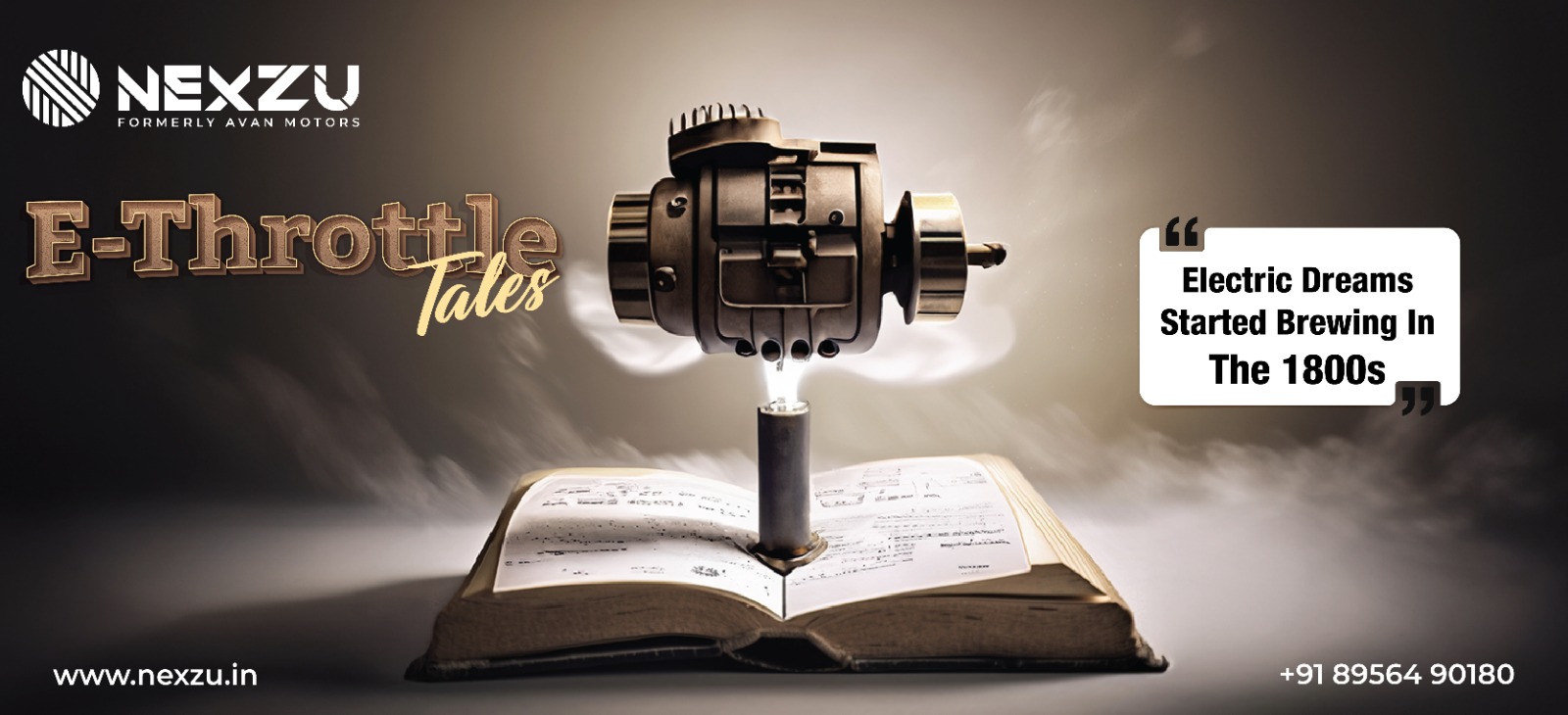Unveiling the Genesis: Electric Mobility in the 1800s
Embark on a journey back in time with us to the 1800s, an era teeming with innovation and the birth of electric dreams. In this epoch, inventors like Thomas Davenport and Robert Anderson laid the groundwork for what would eventually become the electric vehicles (EVs) we know today.
Electric Sparks in the 1800s:
As the 19th century unfolded, Thomas Davenport, a visionary American blacksmith, and Robert Anderson, a Scottish inventor, independently ventured into the world of electricity. Davenport’s pioneering work led to the creation of the first electric motor, while Anderson experimented with an early electric carriage. Their endeavors set in motion a chain of events that would shape the future of transportation.
Revolutionizing Transportation:
Fast forward to the late 1800s, and the visionaries’ ideas materialized into the earliest forms of electric vehicles. While these early models were rudimentary compared to today’s standards, they marked a significant departure from traditional modes of transport.
Discovering #NexzuEThrottleTales:
Join us on a captivating exploration of this transformative period in the history of electric mobility through our #NexzuEThrottleTales series. Each week, we uncover untold stories and fascinating facts that illuminate the path from Davenport and Anderson’s experiments to the electric revolution we are witnessing today.
Linking the Threads of Time:
In acknowledging the roots of EVs, we pay homage to the relentless pursuit of innovation by pioneers like Davenport and Anderson. Their groundbreaking work resonates in every electric cycle that Nexzu Mobility produces today. As one of the largest OEMs of advanced electric cycles in India, Nexzu Mobility proudly carries forward the legacy of these inventors into a modern, sustainable era.
In each chapter of #NexzuEThrottleTales, we not only honor the past but also celebrate the dynamic present and the promising future of electric mobility. Join us in this exhilarating ride through history and innovation.


